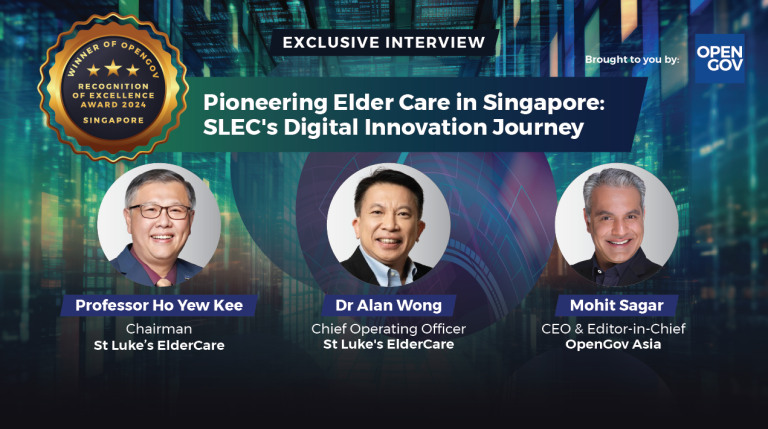expert opinions
Lorem ipsum dolor sit amet

Powered by :

Exclusive! Pioneering Elder Care in Singapore: SLEC’s Digital Innovation Journey
Mohit Sagar and Azizah Saffa
July 4, 2024

Exclusive! Driving Efficiency and Innovation: OCBC’s Journey with Generative AI
Mohit Sagar and Azizah Saffa
June 17, 2024










